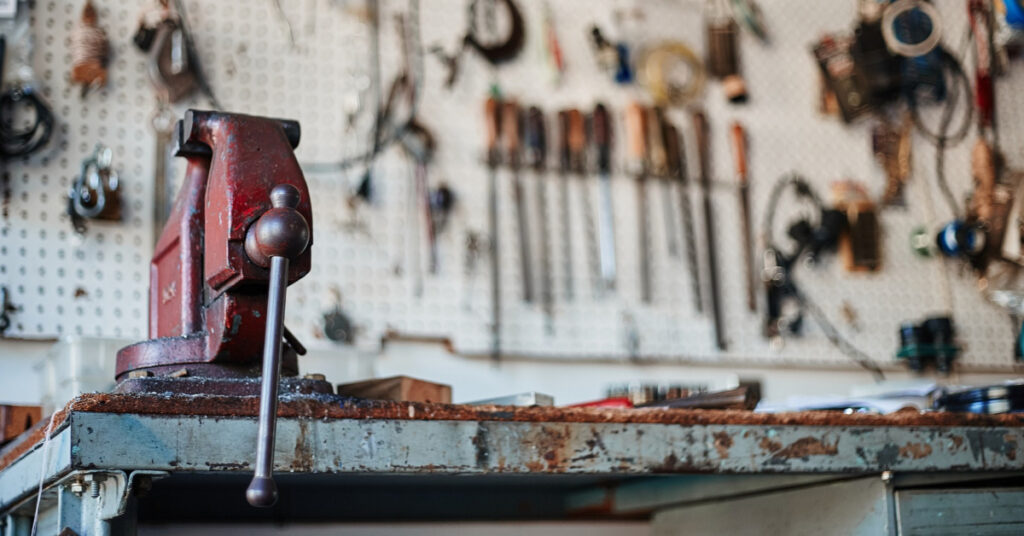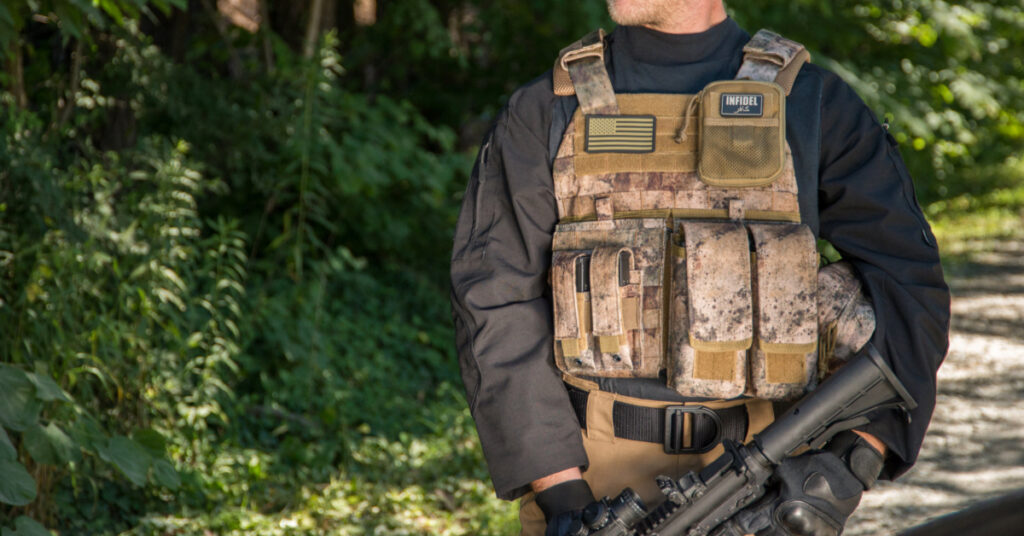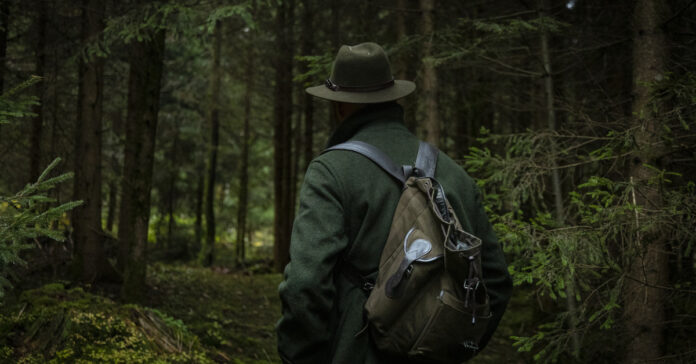We’ve recently covered food, water and shelter. Yesterday I spoke about food stockpiling, and things I want to stock up on for our animals and garden. Today, I’m going to talk about non-food items that we stockpile. You may have different needs, but I hope this will give you a starting point as you consider what every-day items you should be prepping.
One thing I will start with, as it pertains to food, is food preservation equipment. This can mean screens that can be used to dehydrate food or a canner to pressure can foods. Of course, you will need lots of mason jars and several times as many lids to use in your canner. You might also need salt, spices, sugar, vinegar or other products, depending on your food preservation method. Practice before the disaster. Determine what works best for you, and then stock up on the appropriate supplies.
Clothing

Yes, we all have clothing already and much of it should last a few years, but there are a few wear items you should stock extra. For me, this means socks and work gloves, both of which get holes in them., and boots and shoes which will also wear out. I extend this further by buying boot insoles. I find that after six months or so, my feet and knees hurt. Changing the insole returns the boot to “like new” feel and my feet and knees feel better.
Things that are made with elastic, such as underwear, can deteriorate as the years go by because the elastic loses its stretchiness. Men, consider buying a few pairs of boxers that use drawstrings or can be modified to use drawstrings after the elastic fails.
Overall, I try to avoid thin, poorly made clothing that can tear or wear out quickly.
I’ve mentioned the need for thermal underwear and warm outerwear before. If you live in an area that sees sub-freezing temperatures, make sure to have a few sets tucked away. The same goes for sweaters, sweatshirts, knit hats, and warm outerwear. I have separate outerwear in the chicken coop, when carrying in firewood, and for other dirty work. Then I have a nicer set for going into town.
Common Household Items, HBAs and First Aid
Yep, we’re talking about things like laundry detergent, linens, dish soap, shampoo, feminine hygiene products, towels, rags, Chap Stick, and whatever else you or your other half need to feel human and stay healthy. This includes simple things toothbrushes and floss, antibiotic ointment, and ibuprofen, but it also includes harder-to-find items like antibiotics, prescription painkillers, and sutures.
In my experience, everyone has a health weakness. Someone might get diarrhea while everyone else who ate the same thing is fine. Someone else may have asthma. Another person might itch when they see a poison ivy plant, while someone else can pull it with their bare hands and be no worse for wear. Identify your group’s vulnerabilities and prepare accordingly. Failing to prepare for the unforeseen is forgivable, but failing to prepare for a known problem is a screw up.
Hopefully, we all have toilet paper left over after the 2020 shortage, but paper products are in this list as well.
The thing that separates us from our great, great grandparents is that we understand germ theory and the importance of being clean and cleaning wounds. Have plenty of soap, antibacterial soap, cleansing agents, bleach, Lysol, alcohol, hydrogen peroxide, and other cleansers and other items to decontaminate dirty or infected people, surfaces and textiles. Basic wound care includes cleaning the wound and preventing infection. Preventing food poisoning includes having clean, uncontaminated cooking surfaces as well as cooking foods to a high enough temperature.
Tools and Hardware
If you have good, solid tools, they should last a lifetime. The exception is electric devices, gasoline-powered equipment, and things made with plastic which can break when dropped. (The colder it is, the more likely plastic is to shatter under impact.) Wooden handles can also break, so have a spare handle on hand or the ability to make your own.
Also, have a way to sharpen your tools. This will make them last longer and perform better. Almost anything mechanical needs lubrication, so have some oil, a grease gun, and extra tubes of grease on hand. Proper maintenance will be even more important when you can’t run out and replace an item.

Here are some of the hardware I have on hand:
- Screws, nails, nuts, bolts, washers and rivets of all shapes and sizes.
- Multiple kinds of glue, caulk, tape, string, rope, and wire.
- Plumbing parts, including hoses, hose clamps, toilet seals, flapper valves and assemblies, and shower heads.
- Electrical receptacles, switches, boxes, plates, light fixtures, and bulbs.
- Propane torches and soldering irons, but I don’t weld.
- A decent amount of scrap wood and tools like planes, hand saws and hand drills I can use to cobble together something. Because you never know what you need until you need it.
Flashlights, Lanterns and Batteries
Artificial light is one of my top prep items. It’s also part of my EDC. I recommend you have hand-held flashlights, headlamps, gun-mounted lights, and lanterns powered by rechargeable batteries. We also have exterior motion-sensitive lights that use solar power rather than electricity. For fall back, we have multi-fuel lanterns and boxes of spare mantles, plus kerosene lanterns that use wicks. And then there are candles. It will be a sad day when we are down to lanterns.
For more on lights, I recommend the following posts:
Guns and Ammo
In any kind of collapse, grid-down, post-SHTF situation, having a gun and knowing how to use it effectively could be the difference between life and death. OK, let me revise that. You may need multiple guns and lots of ammo. (I recommend you read our What is the Best Survival Gun post.) You will also need magazines and spare parts. Recommendation for the minimum amount of ammo and magazines are included in that same article. We cover the must-have spare parts and tools in this article: Are Your Guns as Well Prepared as You Are?
And let me reiterate: Those lists are where you should begin. More is better. No one has ever said, “Darn, I have too much ammo” or “I wish I didn’t have so many guns.”
Tactical Gear
Since we’ve covered guns and ammo in the past, let’s talk about tactical gear. There are probably 100 definitions of “tactical gear,” but what I am talking about is wearable gear that makes carrying your guns and equipment easier and more comfortable while making it more accessible. If you are carrying concealed, this could be as simple as your holster and magazine pouch. If you are going on a six-hour patrol around your base, it might include your rifle, pistol, spare magazines, extra ammo to reload your magazines, binoculars and/or a spotting scope, some kind of camouflage, a radio or other communication device (which could be a flare or a horn), a tactical med kit, water, and snacks. When it’s a three-day patrol, you might add a water purification system, more food, gun cleaning kit, basic tools, night vision, appropriate outerwear for the season, a sleep system, spare socks, maybe a rangefinder, and a notebook and pencil to record things you’ve seen.
Whether you decide to go with a belt, a vest, a carrier, a fanny pack, a backpack, a sling pack, another alternative, or some combination, is up to you. Just make sure you have given your kit some thought and worn it for some time. What seems like it might work when standing in front of your mirror might fail miserably the first time you have to go prone. Test for retention, too. You don’t want to leave a trail of equipment behind you.

Here are a few tips for you:
- Every long gun should have a sling.
- If you only have one pistol or one knife, make a lanyard for it so you don’t lose it.
- Velcro is secure, but it can be loud.
- For magazine pouches, I prefer the High Speed Gear tacos.
- MOLLE is the way to go for gear compatibility. If you are older-than-me old school or want an external frame pack, ALICE works, but you are best off not mixing the two.
- High-end gear made for hunting is usually good for load bearing, but it may lack the ability to attach pouches that MOLLE offers.
- Make sure your pack is adjustable.
- The colors do not have to match. In nature, there are very few monochromatic items. But stay away from pink, purple, orange and other extreme camo. White, black and gray camo Is OK only if it has been snowing.
- Keep your gear lightweight and carry only what you will need. After the first few miles, ounces feel like pounds.
Don’t Stop There
This list is by no means complete. Look at what you do every week, think about what would change if there was no power, and plan accordingly. Stockpile those items that will help make your life easier post-SHTF, because survival will be tough. You will need every advantage you can get.








